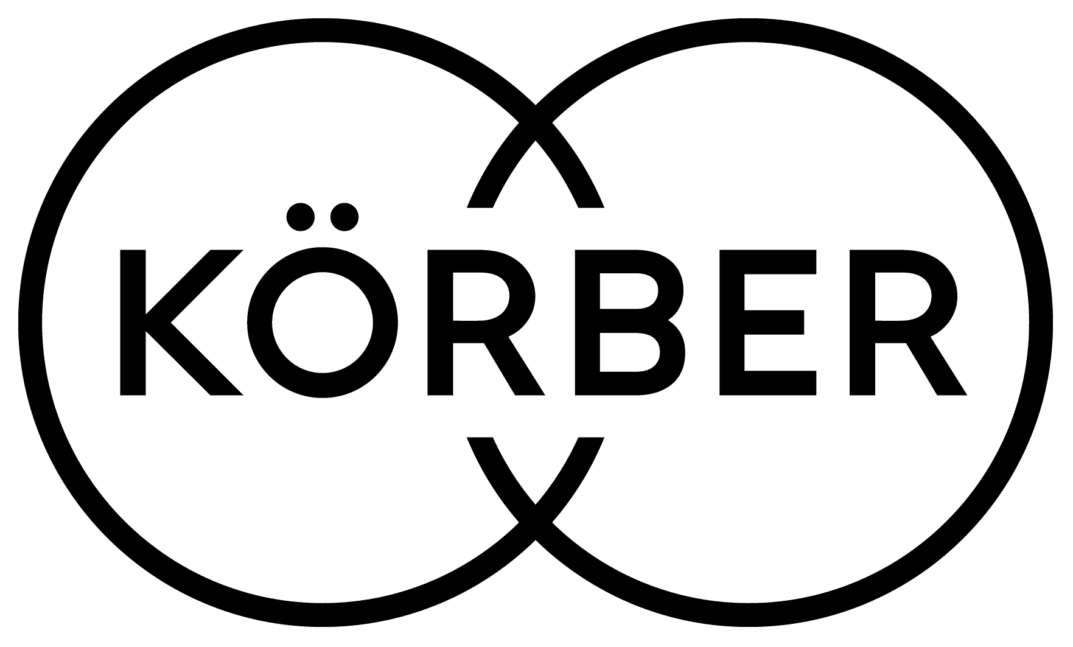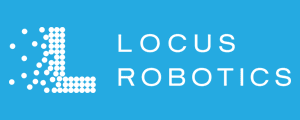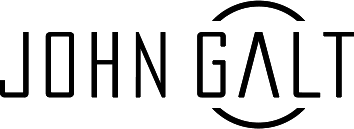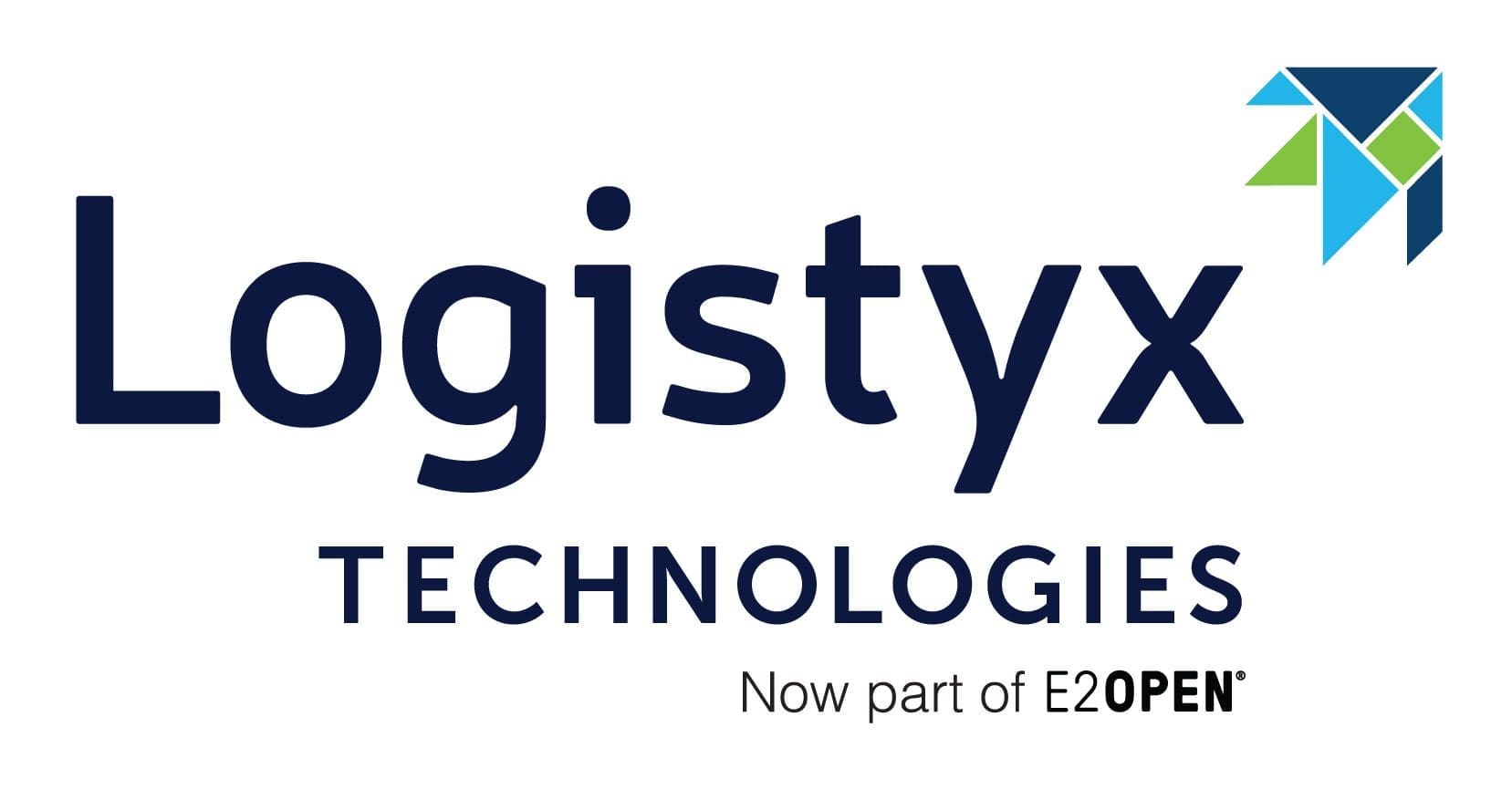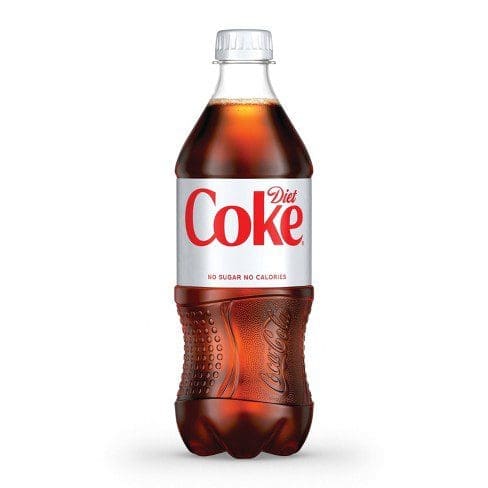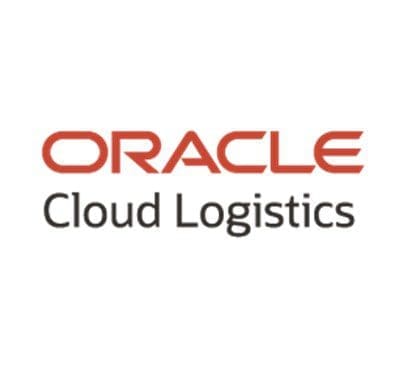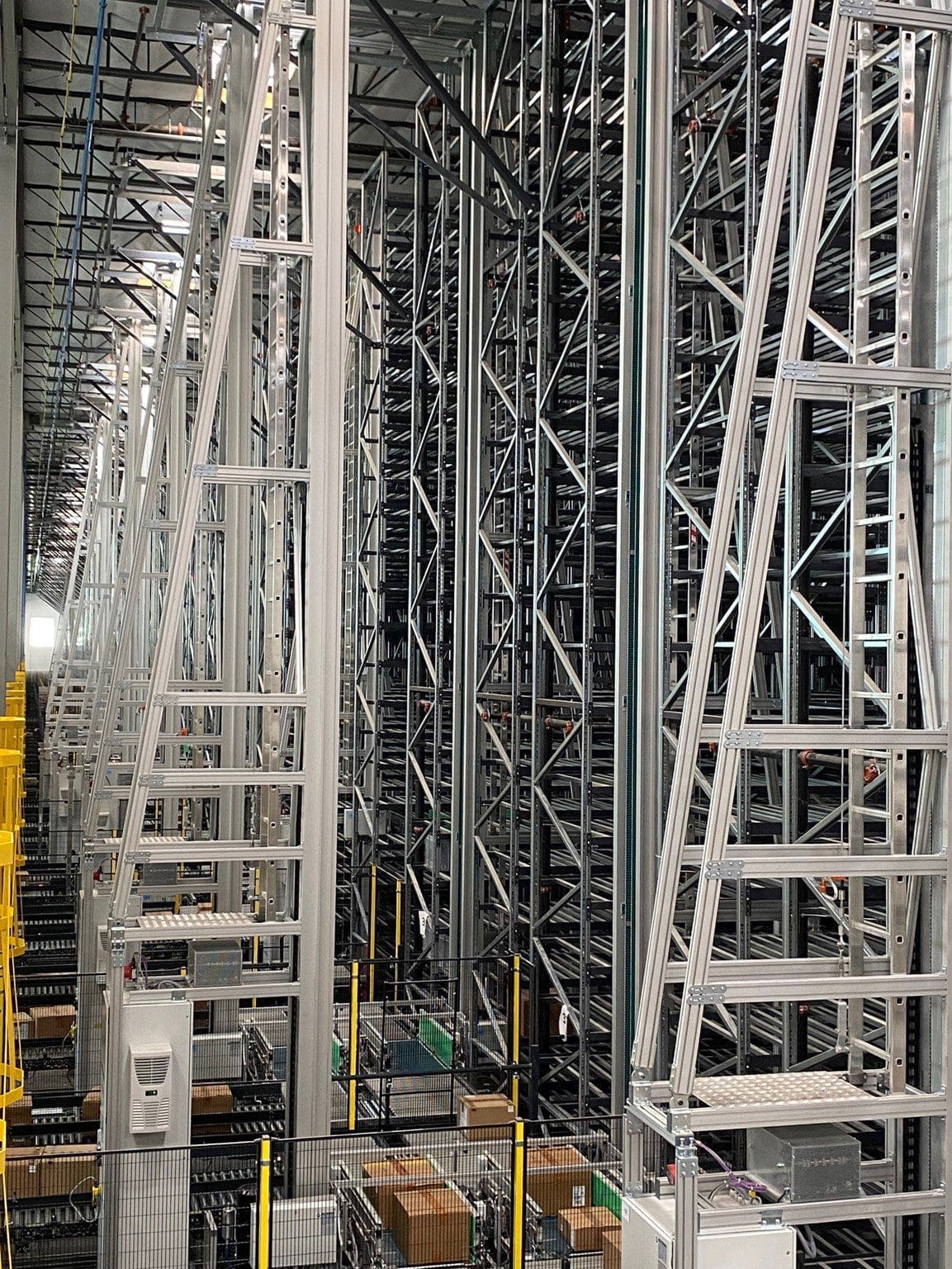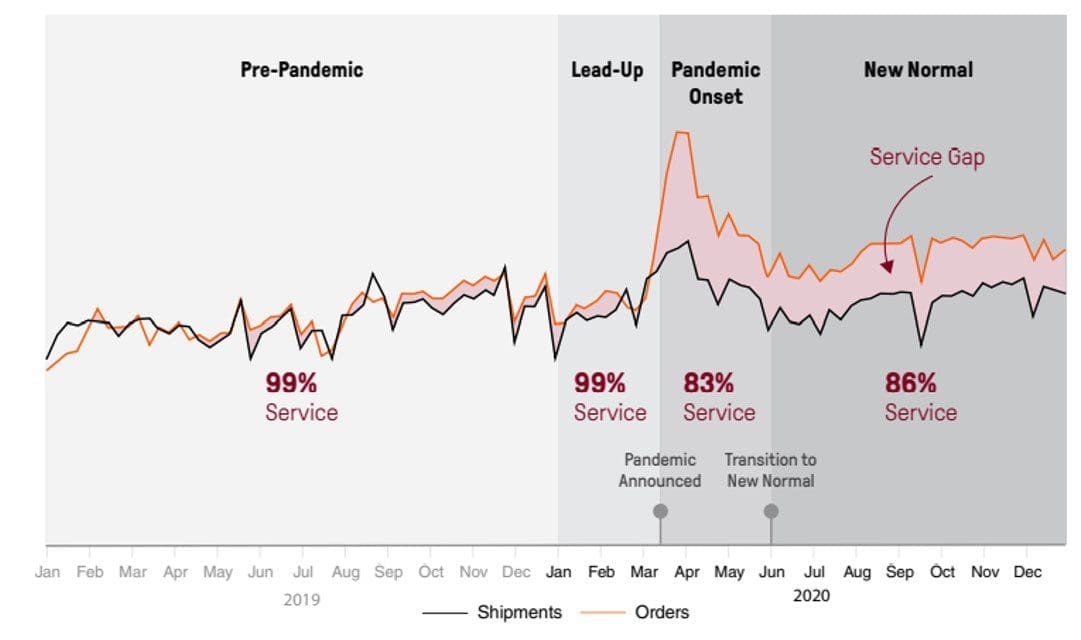Walmart is reducing its requirements that suppliers’ shipments to them arrive on-time in-full. Since September of 2020, 98% has been Walmart’s OTIF requirement. Beginning on February 1st, the new OTIF targets became 90% for on-time and 95% for in-full. This was announced on the Retail Link portal for suppliers on January 30th. Walmart’s On-Time In-Full […]
We have a plastic bottle problem. Around the world, 1 million plastic bottles are purchased every minute. I am one of the culprits. I love to combine my morning walk with the consumption of caffeine. In my case, I consume what I call a “walking Diet Coke” – 16.9 ounces of a tasty wake-me-up beverage […]
Note: Today’s post is part of our “Editor’s Choice” series where we highlight recent posts published by our sponsors that provide supply chain insights and advice. Today’s article comes from Erin Sun at Oracle and identifies five supply chain success factors CPG companies need to know for increased profitability. Optimizing a vast and complex supply chain […]
Note: Today’s post is part of our “Editor’s Choice” series where we highlight recent posts published by our sponsors that provide supply chain insights and advice. This article is written by Atakan Kantar & Doğa Kurt from Solvoyo, and examines the ongoing trend CPG companies going direct-to-consumer (D2C). The trend of CPG companies going direct-to-consumer […]
Anytime you have a chance to talk to an executive vice president in charge of the global supply chain of a nearly $12 billion corporation, you know you will learn some things. Cameron Bailey, EVP of Global Supply Chain at VF Corporation, did not disappoint. Mr. Bailey has worked most of his career at VF […]
To say that the pandemic made 2020 a very challenging year would be a gross understatement. Because of service disruptions – not being able to buy toilet paper, for example – the supply chain has been more discussed than ever before. It was also a very, very tough year for supply chain professionals working in […]
COVID-19 has put supply chain organizations under great strain. But there has been one nice side effect in the consumer goods supply chain. SKU proliferation has been reversed.






